cannabis consumer education
Whether you’re a novice to marijuana or a seasoned consumer, grasping the intricacies of safe and responsible usage is essential for optimal results. It’s worth noting that marijuana, also referred to as cannabis, offers a variety of consumption methods.
The most prevalent cannabinoid present in cannabis is tetrahydrocannabinol, commonly known as THC. Moreover, other valuable compounds, such as terpenes and minor cannabinoids, are also present and work together to activate the body’s Endocannabinoid System (ECS).
This resource is designed to aid consumers seeking the finest cannabis experiences across its diverse forms. Keep reading to expand your knowledge, and embark on an unforgettable canna-journey. Always remember: prioritize knowing your dosage and exclusively purchase from reputable dispensaries and brands.
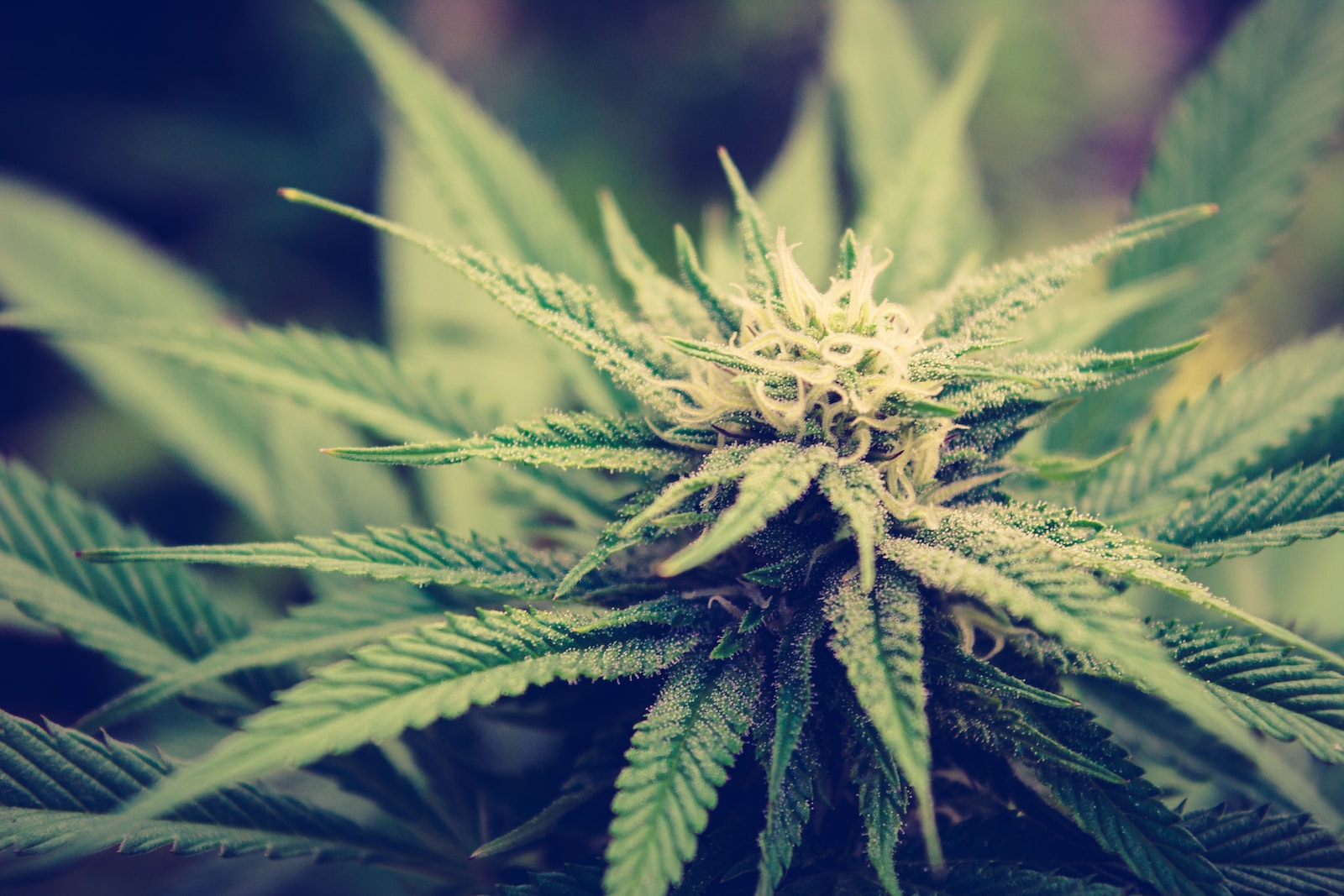
Navigate Recreational Cannabis in New Jersey Rules, Tips, and Guidelines for Responsible Consumption
In New Jersey, the recreational consumption of cannabis has recently been legalized, opening up new opportunities for residents to explore its use responsibly. If you’re considering partaking in cannabis for recreational purposes, it’s essential to become familiar with the rules and regulations that govern its use in the Garden State. Acquiring a solid understanding of these guidelines will ensure that you remain compliant with the law and enjoy a safe, enjoyable experience.
First and foremost, only adults aged 21 and over are permitted to purchase and consume recreational cannabis in New Jersey. When visiting a dispensary, be prepared to present a valid government-issued ID, such as a driver’s license or passport, as proof of your age. It’s important to note that there are restrictions on where you can legally consume cannabis. Smoking or vaping in public spaces, including parks and sidewalks, is prohibited. Instead, consumption should take place within the confines of a private residence or designated areas.
When it comes to purchasing recreational cannabis, you’ll find a wide array of products available, from flower and pre-rolls to edibles, topicals and concentrates. If you’re new to cannabis, it’s advisable to start with a low dosage and increase it gradually to find the experience that suits you best. Additionally, it’s essential to be aware of the limitations on how much you can purchase and possess at one time. In New Jersey, individuals are allowed to possess up to six ounces of cannabis. By adhering to these guidelines and prioritizing responsible consumption, you can safely and legally enjoy recreational cannabis in New Jersey.

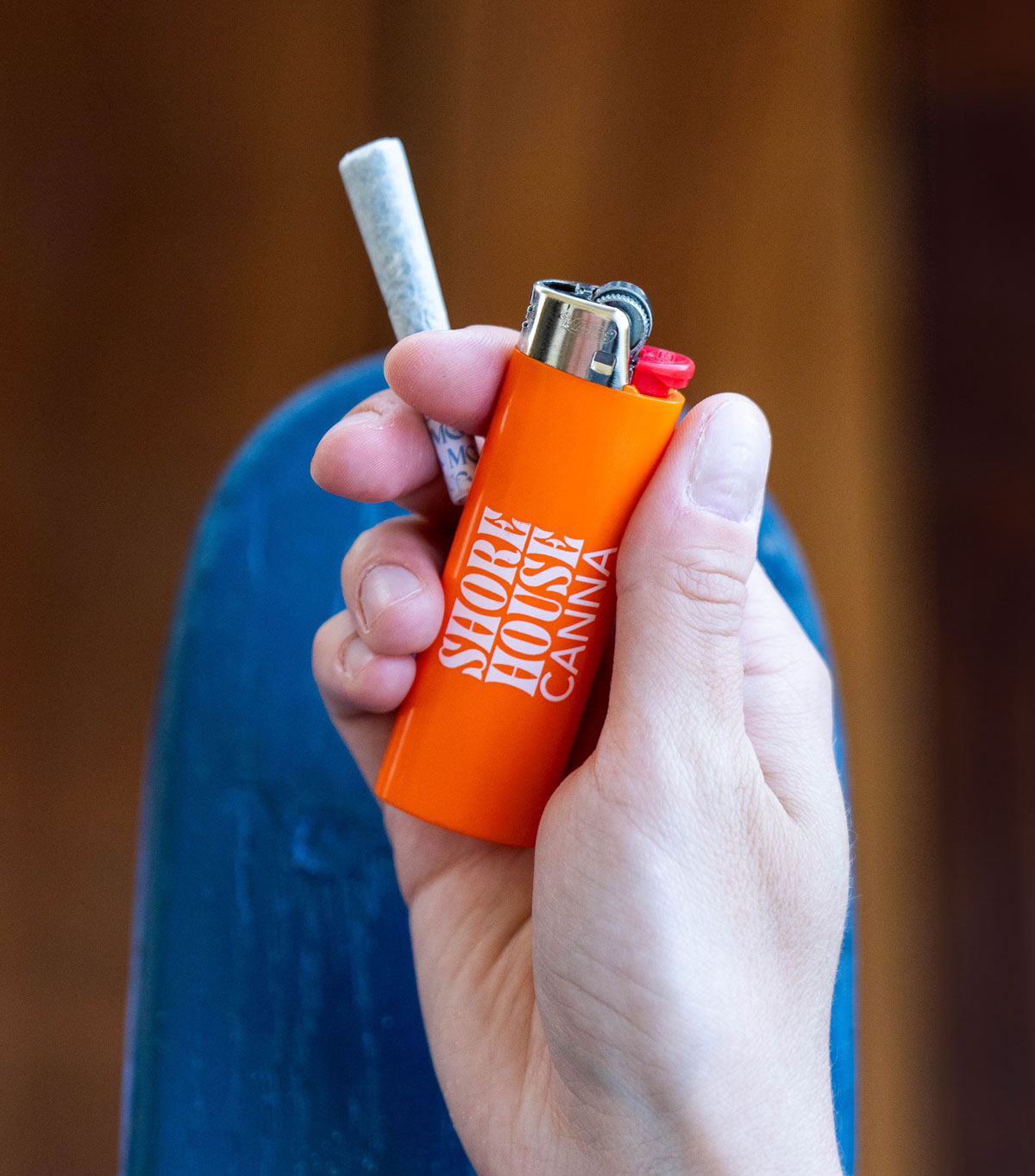
How is cannabis used?
According to a resource provided by the Drug Policy Alliance, cannabis can be consumed in 4 main ways:
- Inhaling: This method of consumption is the fastest and has gained significant popularity among users. With each inhalation, cannabis compounds enter your body via the lungs before making their way into your bloodstream.
- Ingesting: Cannabis can also be consumed orally by users, with available options such as oils, tinctures, capsules, and a range of edibles. It’s important to note that the onset time for effects from oral ingestion typically takes longer compared to inhalation.
- Sublingual Use: Another primary method of consumption involves taking cannabis sublingually, allowing it to be absorbed through the blood vessels in your mouth. Sublingual options encompass lozenges, tinctures, sprays, and dissolvable strips.
- Topical Use: Cannabinoids possess the capacity to permeate the skin, which is why topical products have been employed to address various physical concerns. This method is particularly popular due to its non-psychoactive nature and effectiveness in targeting localized discomfort.
What are terpenes?
Cannabis terpenes are organic compounds found in the trichomes of the female cannabis plant. Terpenes are responsible for giving cannabis strains its unique aroma and flavor profile. Additionally, terpenes interact with the cannabinoids in cannabis to create what is known as the entourage effect, which may alter or enhance the overall effects of the plant. Some common terpenes found in cannabis include myrcene, limonene, and pinene.
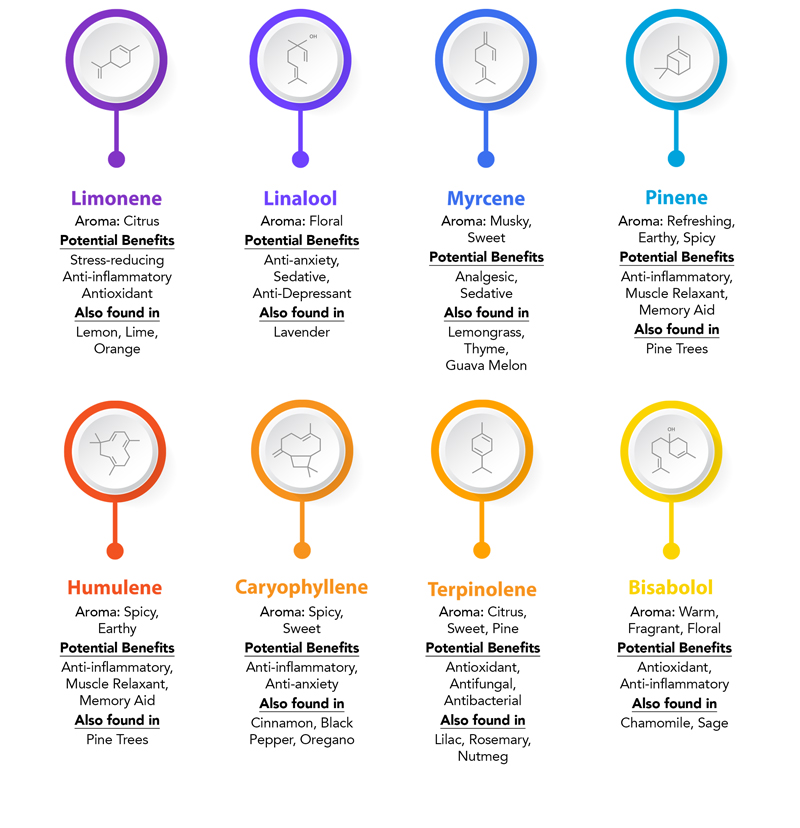
What is the Endocannabinoid System?
The endocannabinoid system (ECS) is a complex cell-signaling system found in the human body. It regulates various physiological processes and helps maintain homeostasis. It consists of endocannabinoids, cannabinoid receptors, and enzymes.
What are cannabinoids
Cannabinoids are a group of chemical compounds that are found in the cannabis plant, including Tetrahydrocannabinol (THC) and Cannabidiol (CBD). Besides these two, scientists have identified more than 100 other cannabinoids present in the plant. Cannabinoids interact with the endocannabinoid system in the body to produce their widely differing effects.
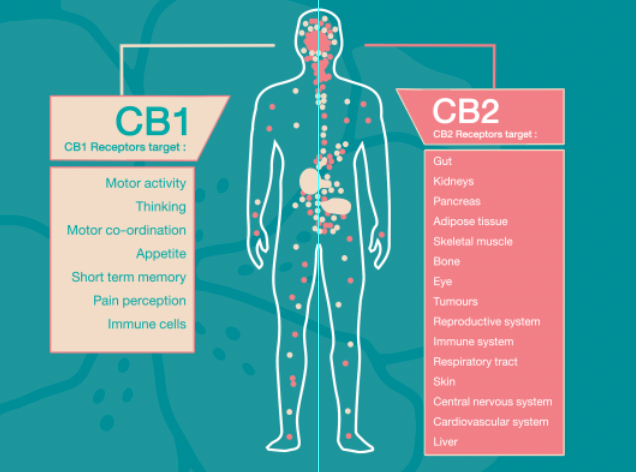
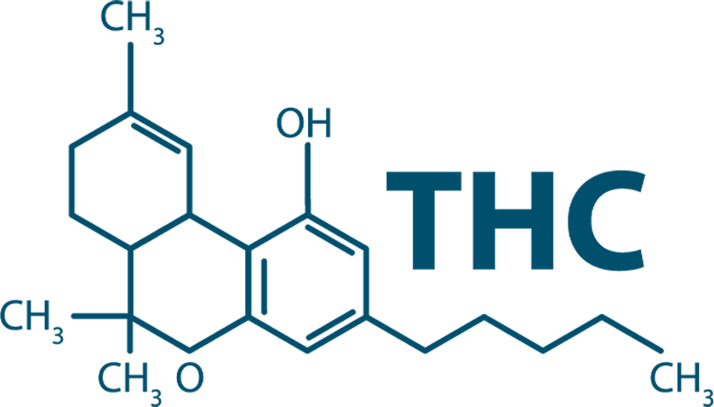
THC
THC, or tetrahydrocannabinol, is the primary psychoactive component of cannabis and is responsible for the plant’s intoxicating effects. THC is one of over 100 cannabinoids found in cannabis, and it binds to the CB1 receptors in the brain to produce its characteristic effects. Research has shown that THC has potential therapeutic benefits, such as pain relief, muscle relaxation, and appetite stimulation.
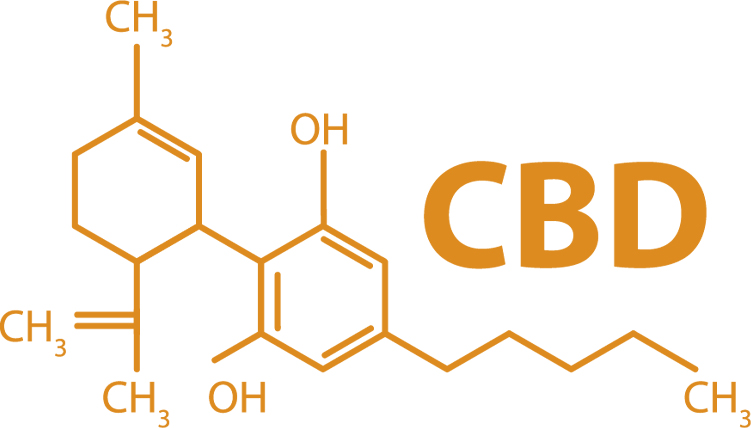
CBD
CBD, or cannabidiol, is a nonintoxicating cannabinoid found in cannabis and hemp. It is the second most prevalent active ingredient in cannabis and is derived directly from the hemp plant or manufactured in a laboratory. Unlike THC, CBD does not cause a “high” on its own. Research suggests that CBD may have various potential uses, including for pain relief, reducing inflammation, managing anxiety and stress, and potentially treating epilepsy
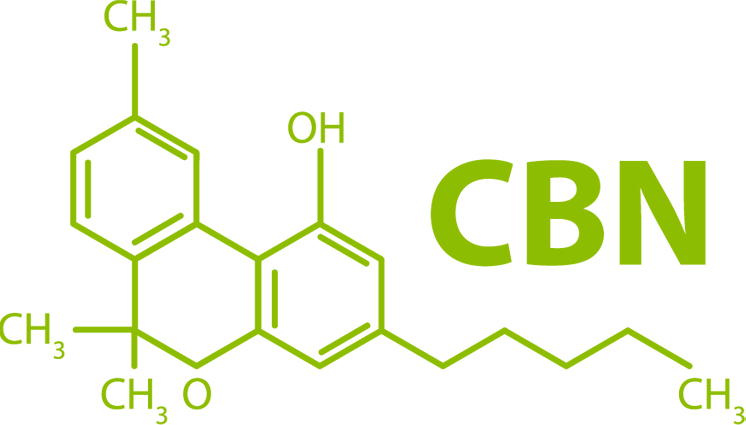
CBN
CBN stands for cannabinol, which is a minor cannabinoid found in cannabis plants. It is typically present in lower concentrations compared to THC and CBD. CBN is formed through the degradation of THC, where exposure to light and air causes THC to convert into CBN. CBN is known for its potentially sedative properties and is often associated with promoting relaxation and drowsiness.
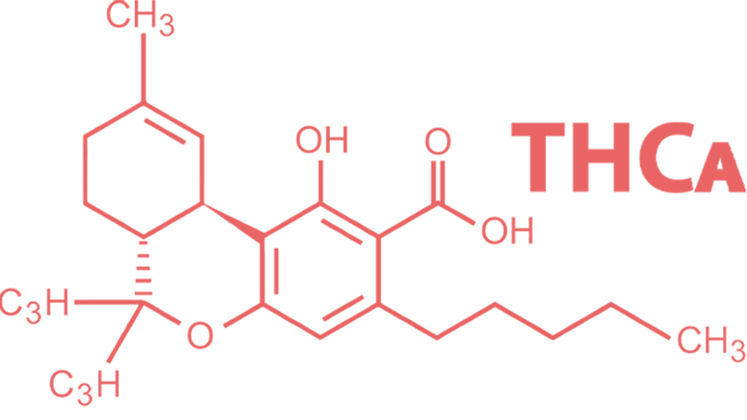
THC-A
THC-A, or Tetrahydrocannabinolic acid, is a non-psychoactive cannabinoid found in raw and live cannabis. As the precursor to THC (tetrahydrocannabinol), THC-A is present in the plant in high concentrations before it is decarboxylated. When cannabis is heated, as in smoking or vaporizing, THC-A transforms into THC, the compound known for its psychoactive effects.
In its raw form, THC-A has no psychoactive effects. It’s believed to have potential health benefits, including anti-inflammatory and neuroprotective properties.

CBG
CBG, or Cannabigerol, is a lesser-known cannabinoid found in the cannabis plant. Dubbed the ‘mother of all cannabinoids,’ CBG serves as the precursor from which other cannabinoids are synthesized. This non-intoxicating compound is typically present in low concentrations in most cannabis strains. Early research suggests that CBG might offer properties such as anti-inflammatory, neuroprotective, and appetite stimulation. Its rarity and promising health benefits are making CBG a new point of interest in the realm of cannabinoid research and wellness.
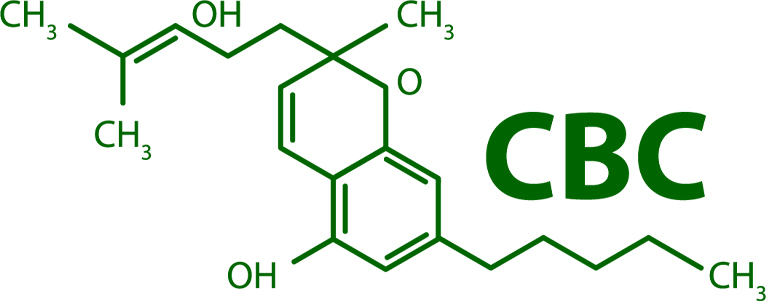
CBC
CBC, also known as cannabichromene, is a cannabinoid found in the cannabis plant. It is one of the “big six” cannabinoids along with better known cannabinoids like CBD and THC. CBC has shown promising potential when working in tandem with the other cannabinoids, although more research is needed to fully understand its effects.
POSSESSION
Although it is now legal for persons over the age of 21 to purchase cannabis in the State of New Jersey, there are limitations. Adults 21 and older can possess up to one ounce (28 grams) of usable cannabis or its equivalent in solid, liquid, or concentrate form. The criminal penalty for recreational possession of weed begins with possession of over six ounces of marijuana. It is an offense punishable by up to 18 months in prison or a fine of $25,000, or both. Qualified medical marijuana patients may possess three ounces (85 grams) in a 30-day period. Any person found with more than the stipulated amount will face a possession charge. Patients who are terminally ill or in hospice care do not have a monthly limit.
For more information visit: www.nj.gov/crc
purchase: How much can I buy per day?
UNDERSTANDING THE DAILY PURCHASE LIMITS
Customers can purchase any combination of flower, joints, concentrates, vapes, and/or edibles that total one (1) ounce equivalent each day. One example: 5 packs of edibles and ½ once dry flower. There is NO limit on smoking accessories or non-cannabis merchandise.
For more information visit: www.nj.gov/crc
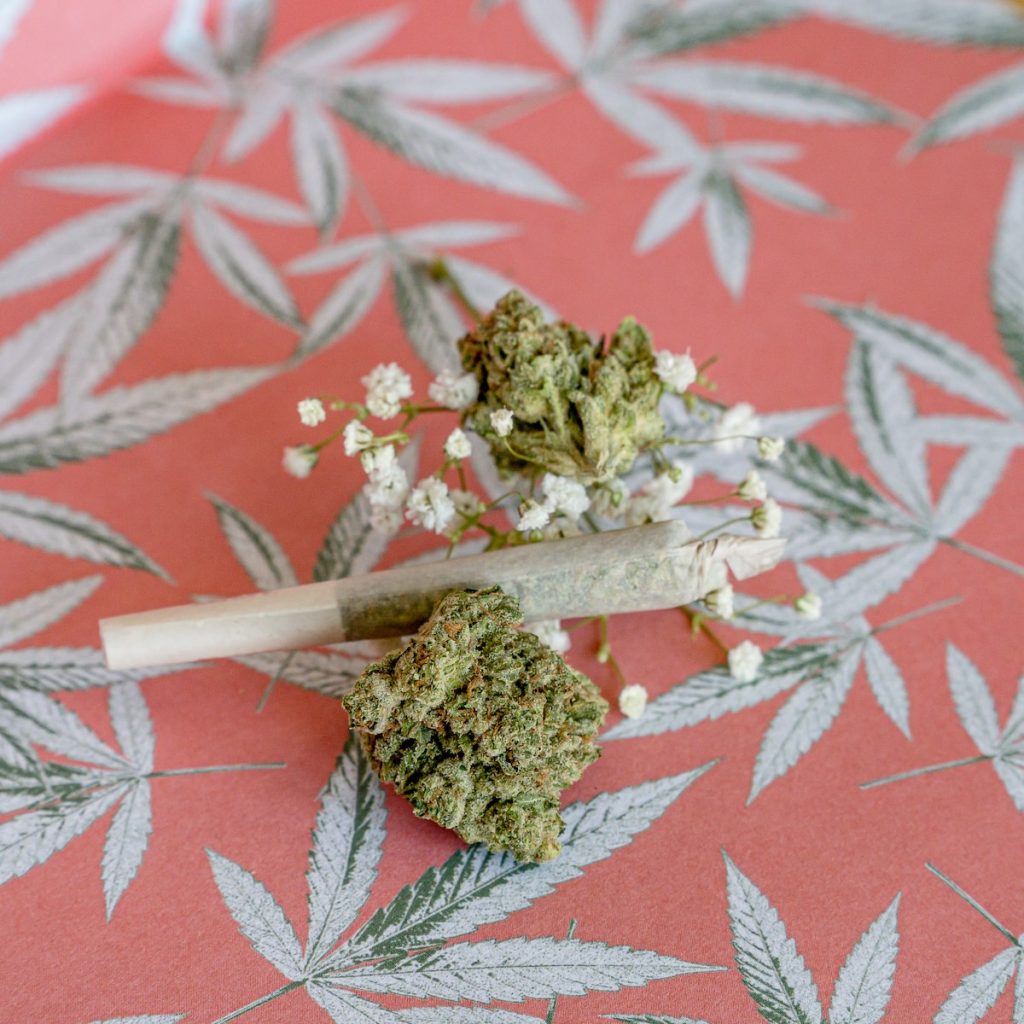
FLOWER & JOINTS
- 28.35 grams (1 ounce) of dried flower
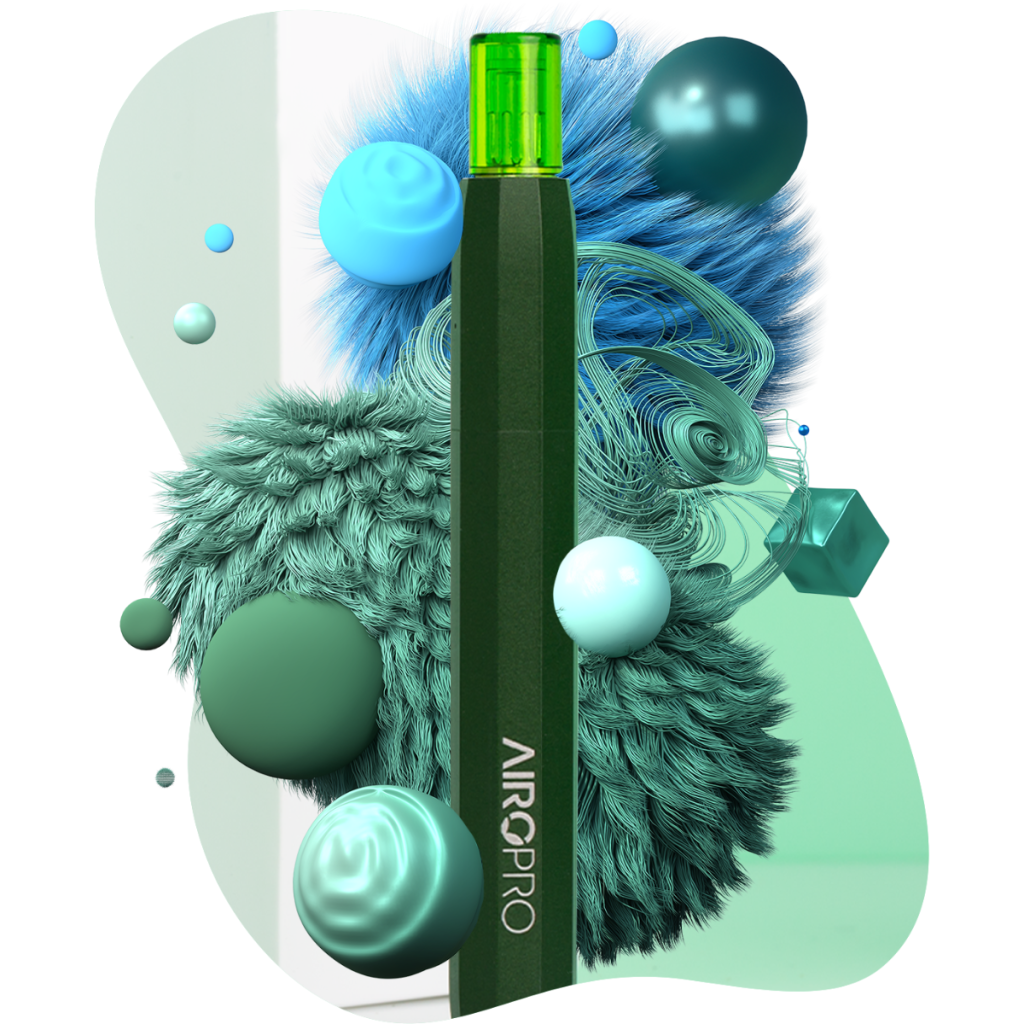
VAPES & CONCENTRATES
- 4 grams of solid cannabis concentrates or resin.
- 4 grams of concentrate in liquid form (solution in milliliters).
- 4 grams of vaporized formulations (oil).
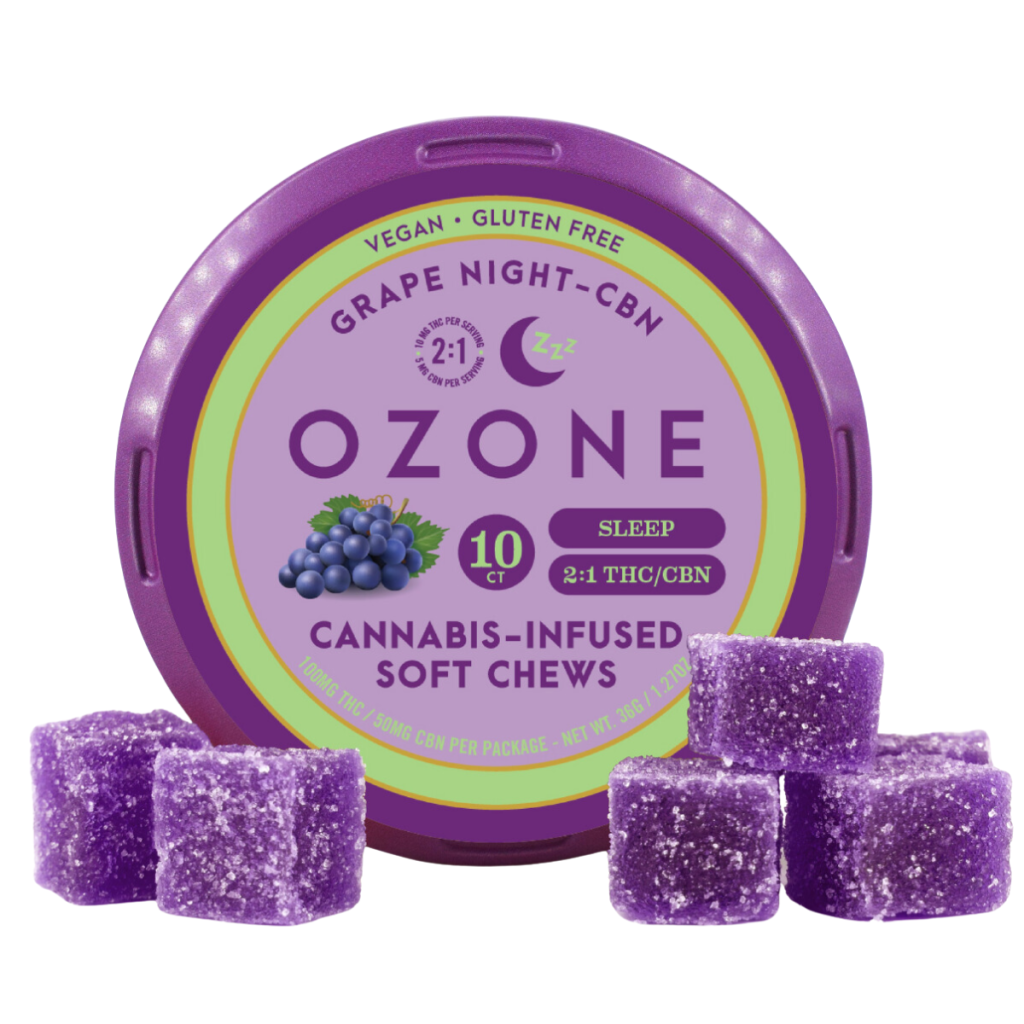
EDIBLES
- 1000mg of multiple ingestible cannabis-infused products (10-100mg packages) like gummies
DOSAGE & ONSET: HOW MUCH SHOULD I TAKE?
HOW MUCH SHOULD I TAKE? START LOW & GO SLOW.
No two people are the same and for that reason dosage is not the same for everyone because the same amount of THC can affect each person differently. Some things to consider:
- Biochemistry – your weight, genetics and how your body metabolizes.
- THC metabolization – how long will THC stay in your system? Effects can last 4 to 12 hours.
- Cannabinoid bioavailability – how quickly THC is absorbed into your bloodstream. Inhaling hits faster than ingesting!
Shore House recommends to start with a low dose, maybe as low as 2.5mg but no more than 10mg of THC at a time and assess the effects. Slowly increase the dose over time until you receive the desired effects without any unwanted side effects. Please note when ingesting via an edible it can take up to an hour to feel the effects.
:When in doubt ask your budtender!
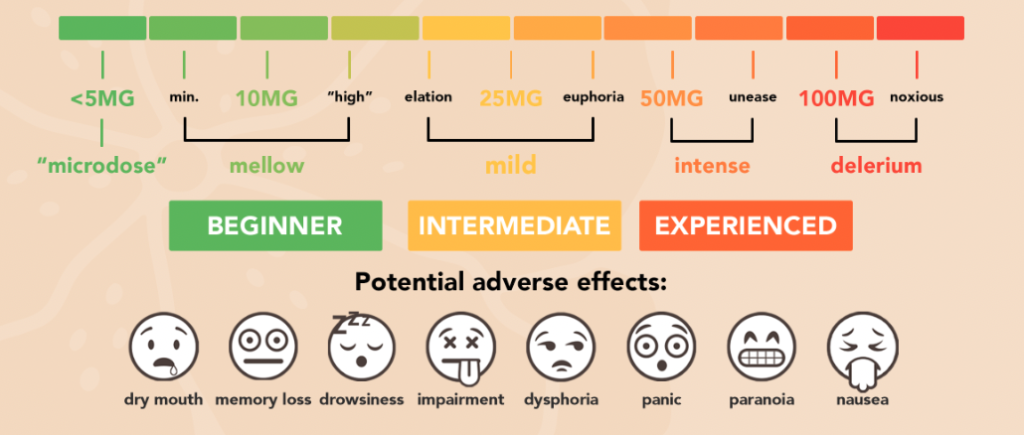
Onset: Understanding Cannabis Onset Times
When Will It Hit Me?
Cannabis onset times can be a mystery. Understanding the different delivery methods and the timing from fastest to slowest, can help demystify the timing.
- Flower, Joints, Dabs and Vapes – Inhaling cannabis will provide you with the fastest effects. (within minutes)
- Tinctures – Sublingual cannabis drops under the tongue is next. (30 minutes)
- Edibles – Ingesting cannabis will take the longest to feel the effects. (up to an hour)
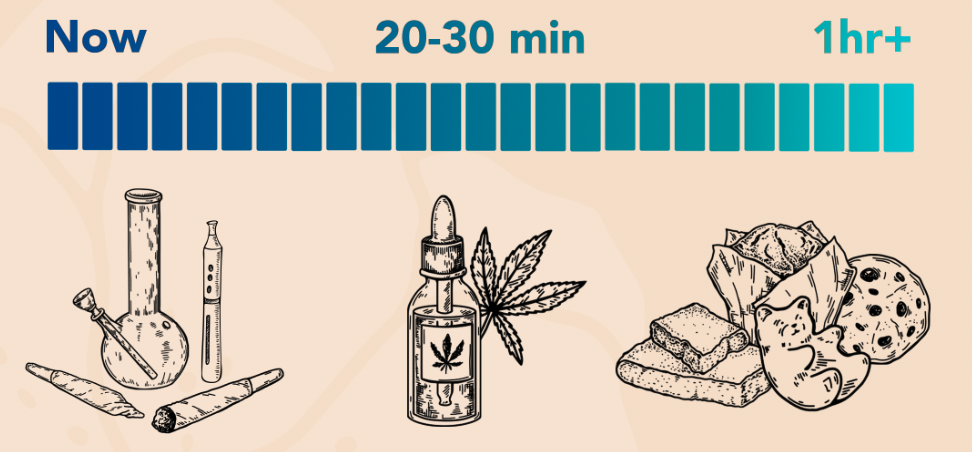
Abuse & Responsible Cannabis Consumption
Signs & Symptoms of abuse
Cannabis users can build up a tolerance to THC which may require users to take more to experience the same desired effect. In some extreme instances users can even develop a dependency. It is important to be aware of the following signs and symptoms of Cannabis Abuse.
- Loss of control: using more cannabis using it for a longer period of time than intended.
- Social impairments: not engaging in important work, social, hobbies, or recreational activities because of cannabis use.
- Inability to stop: having the desire to quit or to reduce the amount of cannabis used but not being able to do it.
- Ignoring risks: ongoing use of cannabis despite dangers that arise around it.
- Cravings: Experiencing an urge to use cannabis when not using it.
- Frustration of existing issues: ongoing use even though marijuana use is worsening an existing physical or psychological problem.
- Troubles in main spheres of life: due to the cannabis use, not being able to perform to one’s familiar standard at home, work, or school
- Tolerance building: over time, needing more cannabis in order to get the desired, familiar effect.
- Disregarding problems caused by use: despite the negative impact that the cannabis use is having on relationships, continuing to use the drug.
- Withdrawal: when not taking the familiar amount of cannabis or when stopping use completely, the emergence of withdrawal symptoms.
- Disproportionate focus: dedicating too much time and too many resources to cannabis use.
Heavy users of cannabis should be aware of common side effects experienced, by some users, upon sudden stopping use of cannabis.
- Anger, irritability, and aggression.
- Feelings of nervousness and anxiety.
- Restlessness.
- Decreased appetite or weight.
- Depression.
For information about opportunities to participate in Substance Abuse Programs contact https://www.state.nj.us/humanservices
Driving Facts
- Cannabis impairs coordination and perception of time, distance and speed.
- Driving after consuming cannabis increases the chance of a crash.
- Any amount of active THC in your system puts you at risk for a DUI.
- Mixing cannabis and alcohol amplifies impairment.
Shorehouse Canna supports the NJ Division of Highway Safety and thier mission to eliminate impaired driving.
*ALL INFORMATION BASED ON ACADEMIC STUDIES AND FROM NHSTA
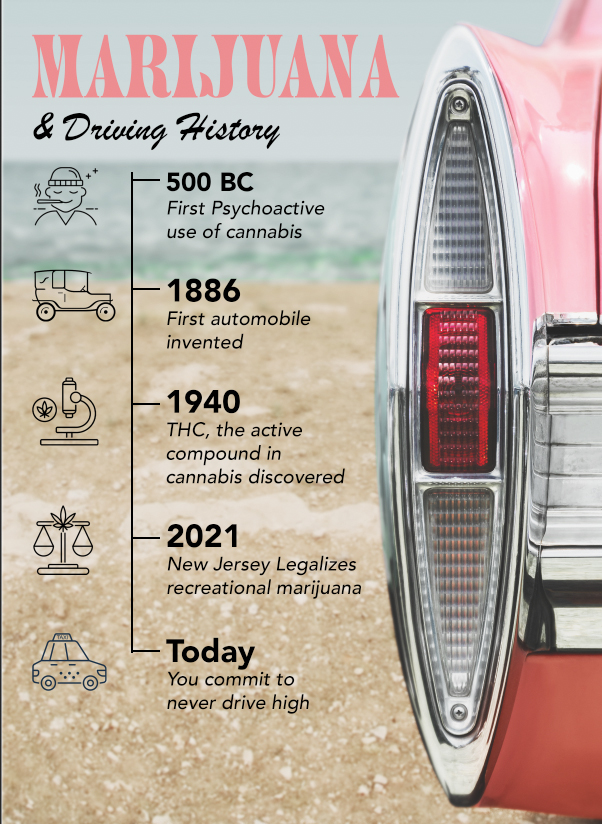
Home » Education



